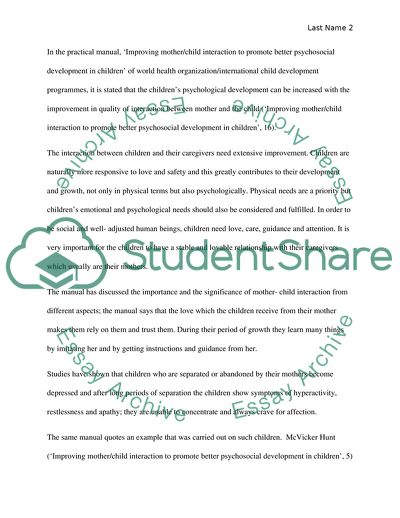Cite this document
(Mother and Child Relationship Essay Example | Topics and Well Written Essays - 1500 words, n.d.)
Mother and Child Relationship Essay Example | Topics and Well Written Essays - 1500 words. https://studentshare.org/psychology/1800699-mother-and-child-interaction
Mother and Child Relationship Essay Example | Topics and Well Written Essays - 1500 words. https://studentshare.org/psychology/1800699-mother-and-child-interaction
(Mother and Child Relationship Essay Example | Topics and Well Written Essays - 1500 Words)
Mother and Child Relationship Essay Example | Topics and Well Written Essays - 1500 Words. https://studentshare.org/psychology/1800699-mother-and-child-interaction.
Mother and Child Relationship Essay Example | Topics and Well Written Essays - 1500 Words. https://studentshare.org/psychology/1800699-mother-and-child-interaction.
“Mother and Child Relationship Essay Example | Topics and Well Written Essays - 1500 Words”. https://studentshare.org/psychology/1800699-mother-and-child-interaction.


